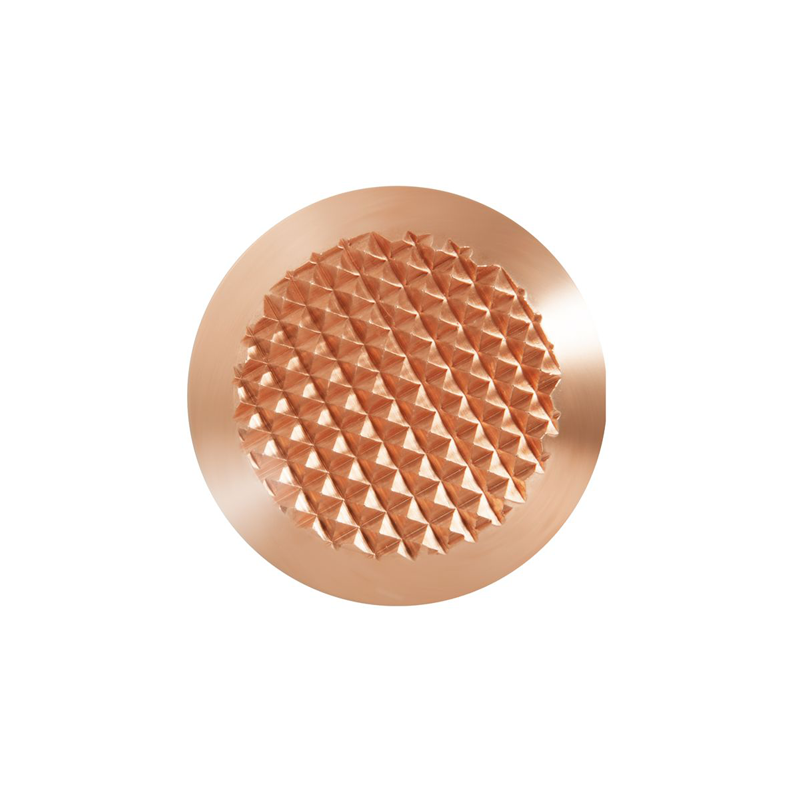Bronze is a commonly used metal in sculptures and artwork, well known for its deep reddish-brown colouring and the familiar patina that comes with age. These traits make bronze an ideal material for adding some flair and prestige to an installation and can reliably bring together the aesthetic qualities of a location.
What is bronze?
Bronze is an alloy, a combination of copper with around 12% as well as a variety of other metals, such as aluminium, nickel, zinc, or manganese. The other elements in addition to copper make it a much stronger composition than copper alone. Favoured for its resistance to corrosion, bronze is used in such applications as coins, bearings, bushings, and vehicle parts, as it provides longevity and reliability.
What are the advantages of bronze?
- Highly corrosion resistant – It’s a metal very much suited to harsh environments including areas near bodies of water or those that are high in chloride.
- Patina optional – Bronze will patina over time due to oxidisation of the outside layer of the metal, but it can be easily treated to maintain its lustre.
- Good ductility – Bronze is an ideal material for accommodating concentrations of stress in engineering projects.
- Beautiful finish – Commonly selected as the metal of choice for sculptures and artistic features, bronze is second to none when it comes to its aesthetic qualities.
- Fully recyclable – Bronze is commonly and regularly recycled so it can keep finding a new life in different applications.
What are the disadvantages of bronze?
- Expensive – There is a higher associated cost with bronze over other similar metals partly due to the processes required to manufacture it.
- Maintenance – If the patina look is not to your liking, then bronze will require regular maintenance.
- Softer metal – Due to its ductile nature, bronze is a softer metal than steel, for example.

